Roses & plants in heavy clay, pH 8, zone 5a, 38" rain and 23" snow
strawchicago z5
7 years ago
last modified: 7 years ago
Featured Answer
Sort by:Oldest
Comments (58)
Related Discussions
Cheapest way to test soil pH using red cabbage
Comments (42)I don't put any sulfur in the holes of the roses pictured. The other holes with sulfur didn't bloom well. My heavy clay is very retentive, there is no leaching here. Here's a quote from Nutrient Stewardship site: "Phosphorus is the nutrient most affected by pH. ..Nitrogen, Potassium, and sulfur are less affected. At alkaline pH values, greater than pH 7.5, phosphate ions tend to react quickly with calcium (Ca) and magnesium (Mg) to form less soluble compounds. At acidic pH values, phosphate ions react with aluminum (Al) and iron (Fe) to again form less soluble compounds." It's good to test if one's tap water is alkaline, some cities add lime to water so pipes won't corrode. Calcium in lime will bind with phosphorus, and less is available. In my 12 years of growing flowers in pots, the year that I got continuous MOST blooms despite my pH 8 water was when I used high phosphorus SOLUBLE fertilizer, and low nitrogen. Granular phosphorus like bone meal and 46% superphosphate are useless in the planting hole here in alkaline clay. My results confirmed what University of Colorado stated "bone meal and rock phosphate can only be utilized at or below pH 7". My pH 7.7 soil was tested most deficient in phosphorus. Here's a quote from David Neal, CEO of Dyna-Grow Plant Nutrition in CA: "There is some evidence to believe that low N helps to convince a plant to stop its vegetative growth and move into its reproductive phase (flowering), but environmental factors are probably more important. P is typically 5th or 6th in order of importance of the six macronutrients. There is little scientific justification for higher P formulas, but marketing does come into play ...." He's right, just a tiny bit of SOLUBLE phosphorus made more blooms and more roots - but beyond that is wasteful. The site, Robert Morris NOBLE plant foundation, rated the mobility of NPK: "Let's compare the mobility of NPK on a scale of 1 to 10. Nitrogen is a 10 ... extremely mobile and can be lost to leaching. Potassium is a 3. It has limited movement in the soil. Phosphorus has a rating of 1. It is immobile in the soil and is likely to stay wherever it is placed." Here is a link that might be useful: Soil pH and availability of plant nutrients...See MoreTesting soil pH the Red Cabbage Style !!
Comments (8)Thank you, ceth, for those great pics. you took. Your soil looks slight blue, slightly alkaline, around 7.2 to 7.3 ... I wonder how that would compare to tea leaves, at 7.2. I'll boil some cabbage, and test tea leaves against other reported values for cooked oat meal, rice, potato, bread, frozen cooked green peas, tomatoes... I might take some pictures. I can't test my soil since it's covered in snow. I posted the info. to alert folks about the danger of over-fertilizing. If the pH is between 6 and very alkaline, and if the soil is clay rather than sandy, there is no need of dumping nitrogen ... nitrogen is plenty in my clay soil of pH 7.7, and air is made of 78.09% nitrogen. I never fertilize my decidous trees, yet they are taller than my house. Nitrogen is needed only in pots or sandy soil that leaks out. After using chemical fertilizer that leaks out from pots, I switched to blood meal (has iron) and dried chicken manure. Both are sticky, with slow-released nitrogen ... so plants in pots stay dark green. To fix my heavy clay at pH 7.7, these holes are from best to OK for my roses. 1) Hole mixed with pine fines (pH 4 to 5), lots of blooming from the humic acid released by decomposed pine, and its 21% water-retention ability. 2) Hole mixed with leaves - lots of bloomings. NPK of leaves is 0.8 / 0.35 / 0.2 Leaves retain water well, and phosphorus is released with decomposed organic matter. 3) Hole mixed with grass clippings - kind of stingy, it might be from the high value of nitrogen. NPK of grass is 4 / 0.5 / 0.2 ... my clay retains nutrients well so higher in nitrogen can make it stingy. Below is a picture of own-root Sonia Rykiel rose turning chlorotic from nitrogen and iron leaching out of a pot (I watered it with soluble NPK of 18-24-16, with 0.1 iron, plus a high nitrogen soluble NPK of 32-10-10, with 0.33% iron). Compare that to the dark green, own-root Golden Celebration rose to the right. It's planted in heavy clay mulched with horse manure and alfalfa meal. Both are slow-released nitrogen, and horse manure has iron to make it dark green....See MoreRed cabbage pH test of blood meal, corn meal, compost, etc.
Comments (30)Sharon: THANK YOU FOR THOSE FANTASTIC PICTURES !! I also did red-cabbage test today Sat. 7/25/20. Distilled water boiled in red cabbage is actually acidic according to on-line info. "Pure distilled water should be neutral with a pH of 7, but because it absorbs carbon dioxide from the atmosphere, it's actually slightly acidic with a pH of 5.8." From your pictures above, the grayish blue solution is alkaline with pH 7.5. My pH 7.7 clay is a bit bluer (tested by Earth Corp. soil testing company). Black, gray, or clear solution is neutral pH .. means it's a fantastic buffer (good for plants). I tested COMPOSTED grass clippings and it's clear water above black solution. Buffer is great to neutralize the acidity of rain. Clay buffers better than sand/loamy soil, but the best buffer is composted organic matter. Coffee is also a buffer (at first pinkish, but after 20 min., it's a clear solution). COMPOSTED plant-matter is very alkaline and neutralizes acidic rain well. COMPOSTED leaves decompose to alkaline pH, when I stuffed a bunch of leaves in LOAMY & fluffy soil .. the next year that got converted into HARD CLAY, very alkaline. Green grass clippings stay fluffy longer (more nitrogen & more acidic). Brown leaves are considered "carbon" in a compost pile, and decompose to alkaline pH & hard like clay. My tap-water in red-cabbage is VERY BLUE, it's at pH 9 as stated on village's website. I also tested baking soda and it's more blue than my tap-water. I tested paver's sand or yellow coarse sand, and it's slightly alkaline. I tested composted manure and it's very alkaline (from the lime added to deodorize and kill weeds in the bag). The pH of composted manure is just as alkaline as my clay at pH 7.7. Your LAST pic. is slightly acidic. Rain-water is even more acidic & reddish purple. Rain water here is pH 4.5. I also tested some drops of vinegar and it's fuchsia red around pH 3. All my rooting-soil for cuttings are black or clear solution at neutral pH (they have lots of yellow sand or vermiculite mixed in). The clay taken from diseased & black spotted roses are slightly acidic, rather than blue like my pH 7.7 clay. I had tested 5 different roses with black spots in the past, and the soil taken from the root level is pinkish in red-cabbage juice. It's either acidic rain can't drain well from that spot, or else there's NOT enough buffer to neutralize the heavy rain going down....See MoreFertilizing for hot & heavy rain & lowest salt & trace elements
Comments (4)Thank you, Val, excellent info about the dose (2 Tablespoon) .. is your soil sandy/loamy ? Sandy soil leaches out salt easier than clay (retains salt very well). Seaweed from CA (alkaline clay) raises her own-chicken, she dilutes her fresh-poo with water 1st, before applying. Seaweed has 11 inch. of rain, compared to Newberry, Florida of 47.33 of rain. Sulfate of potash has salt-index of 43, at half of salt-index of high-nitrogen chicken manure. I put 1 teaspoon sulfate of potash per small own-root rose. The roses in loamy potting soil (MG-moisture control) .. didn't mind. But the roses in my dense & heavy & sticky clay wilted in hot sun, despite my watering in. For that reason I don't apply fertilizer in clay, unless it's all-night, or all-day rain right after application. When the deer ate all the leaves off my own-root Firefighter rose in June 2013, I spread 1/3 cup of dried-chicken manure NPK 5-3-2 around the bush .. and watered that in .. but we didn't get rain for over 2 weeks in June, and that burnt some of its roots, it didn't survive winter. The late rosarian Karl Bapst, zone 5a, also warned folks about less granular fertilizer in spring since the newly-grown feeder roots is so tiny, thus too much granular fertilizer will burn it. Zone 5a own-roots are so small, with winter below -20 killed all the feeder-roots, and new-growth is very tiny....See Morestrawchicago z5
7 years agostrawchicago z5
7 years agostrawchicago z5
7 years agostrawchicago z5
7 years agolast modified: 7 years agostrawchicago z5
7 years agolast modified: 7 years agostrawchicago z5
7 years agolast modified: 7 years agostrawchicago z5
7 years agostrawchicago z5
7 years agostrawchicago z5
7 years agolast modified: 7 years agostrawchicago z5
7 years agostrawchicago z5
7 years agolast modified: 7 years agostrawchicago z5
7 years agolast modified: 7 years agostrawchicago z5
7 years agostrawchicago z5
7 years agolast modified: 7 years agostrawchicago z5
7 years agolast modified: 7 years agostrawchicago z5
7 years agostrawchicago z5
7 years agolast modified: 7 years agostrawchicago z5
7 years agolast modified: 7 years agostrawchicago z5
7 years agolast modified: 7 years agoKhalid Waleed (zone 9b Isb)
7 years agolast modified: 7 years agostrawchicago z5 thanked Khalid Waleed (zone 9b Isb)strawchicago z5
7 years agolast modified: 7 years agostrawchicago z5
7 years agolast modified: 7 years agostrawchicago z5
6 years agolast modified: 6 years agoKelly Tregaskis Collova
6 years agolast modified: 6 years agostrawchicago z5 thanked Kelly Tregaskis Collovastrawchicago z5
6 years agolast modified: 6 years agostrawchicago z5
6 years agolast modified: 6 years agoVaporvac Z6-OhioRiverValley
6 years agoVaporvac Z6-OhioRiverValley
6 years agoVaporvac Z6-OhioRiverValley
6 years agostrawchicago z5
4 years agoflowersaremusic z5 Eastern WA
4 years agostrawchicago z5
3 years ago
Related Stories

GARDENING GUIDESGardening Solutions for Heavy Clay Soils
What’s a gardener to do with soil that’s easily compacted and has poor drainage? Find out here
Full Story
EARTH DAY5 Ideas for a More Earth-Friendly Garden
Consider increasing the size of garden beds, filtering rainwater and using plants to reduce energy use
Full Story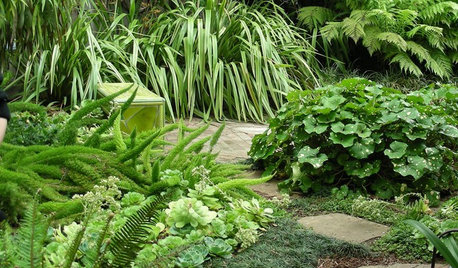
PLANTING IDEAS8 Sumptuous Shade Garden Plant Combinations
Enjoy these plant combinations made for spots with varying levels of shade and different garden zones
Full Story
HOUSEPLANTS8 Essentials for Healthy Indoor Plants
Houseplants add so much to our homes — and can thrive when grown in the right conditions. Keep these tips in mind
Full Story
GARDENING GUIDESHow to Stop Worrying and Start Loving Clay Soil
Clay has many more benefits than you might imagine
Full Story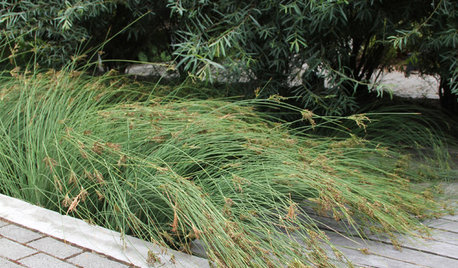
GARDENING GUIDESProtect a Precious Resource With a Rain Garden
Promote pure water and a beautiful landscape with a garden design that makes the most of the rain
Full Story
GARDENING GUIDES8 Deer-Resistant Elegant Evergreen Shrubs to Plant This Fall
Who knew that such beautiful shrubs could be deer-resistant?
Full Story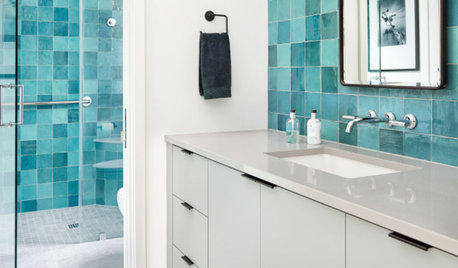
TILEPorcelain vs. Ceramic Tile: A Five-Scenario Showdown
Explore where and why one of these popular tile choices makes more sense than the other
Full Story
WINTER GARDENINGPruning Secrets for Exquisite Roses
Encourage gorgeous blooms year after year with this time-tested advice on how to prune your rosebush in winter for health and shape
Full Story
FARM YOUR YARDHow to Build a Raised Bed for Your Veggies and Plants
Whether you’re farming your parking strip or beautifying your backyard, a planting box you make yourself can come in mighty handy
Full StorySponsored
More Discussions



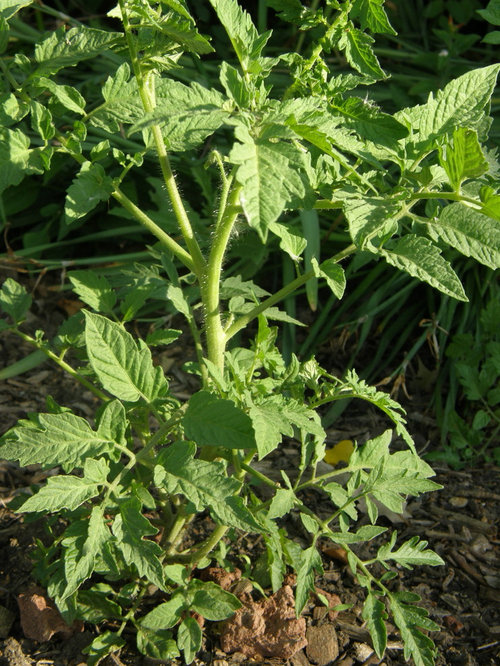
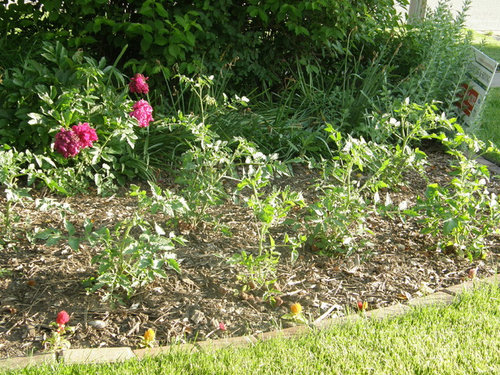
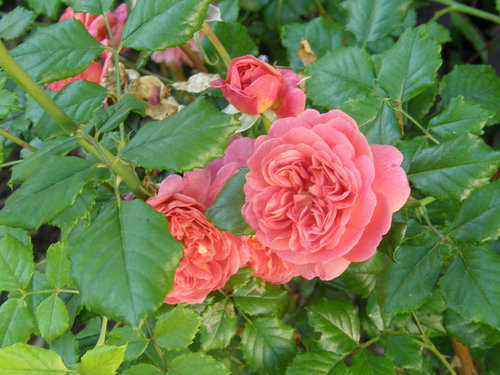
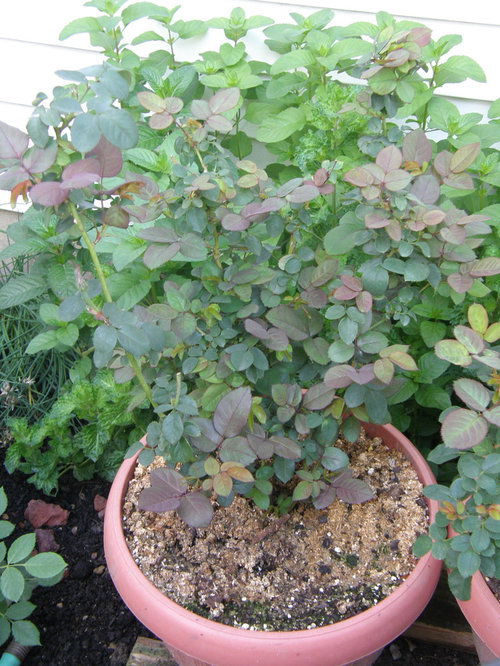
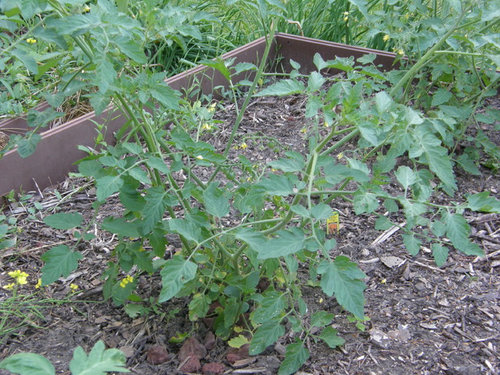

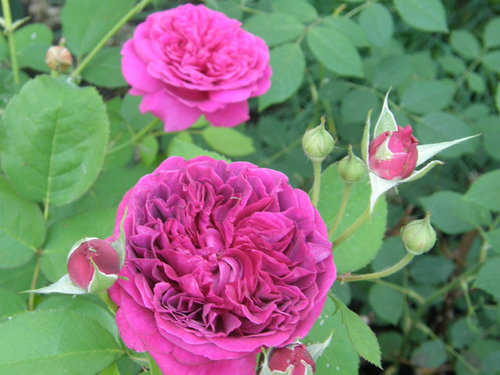
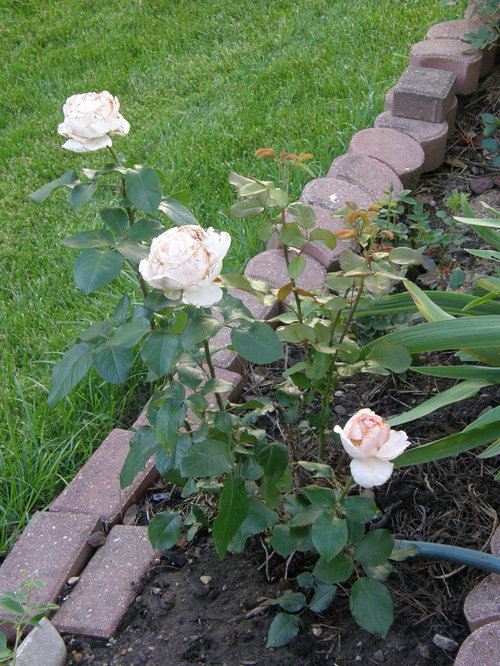


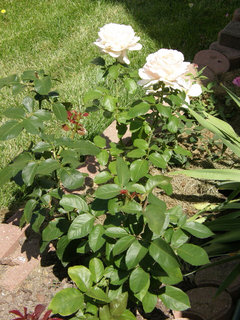

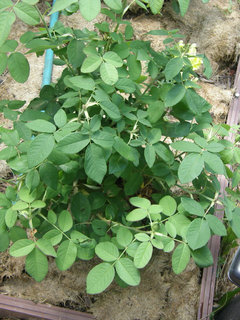
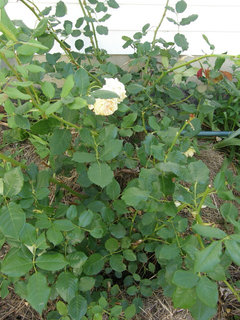
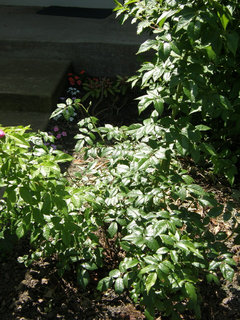
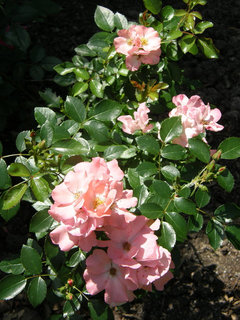
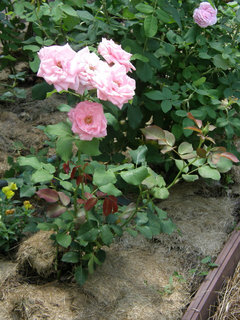
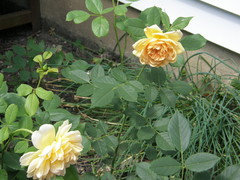

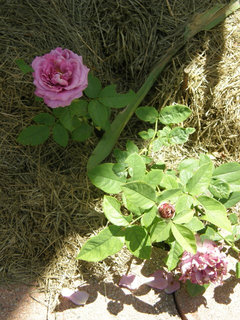
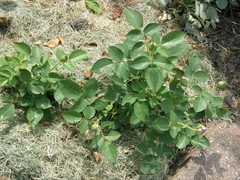
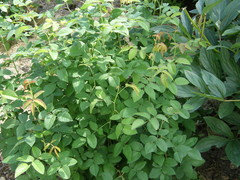
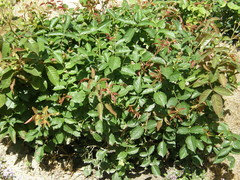

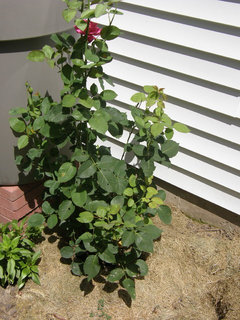

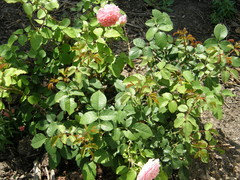

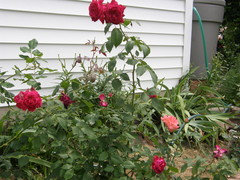

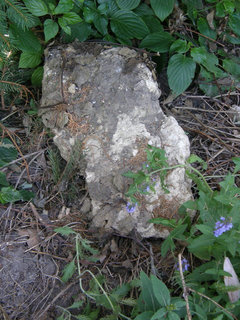
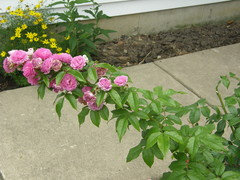

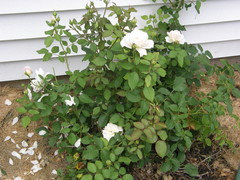
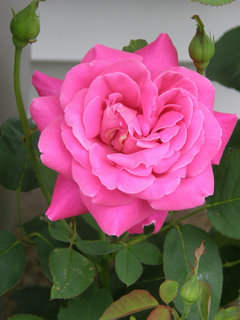
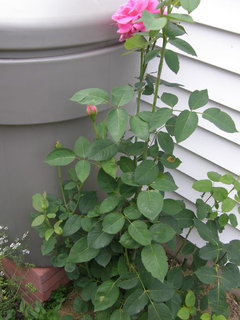
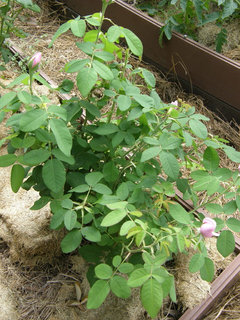
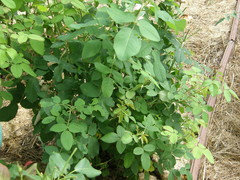


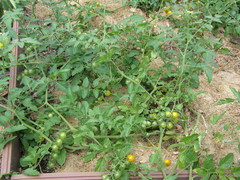
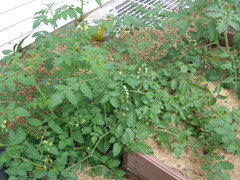
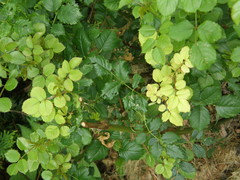

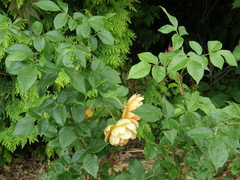
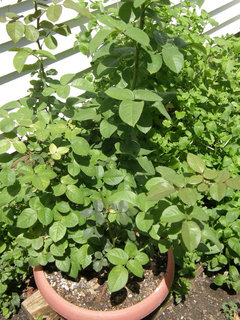

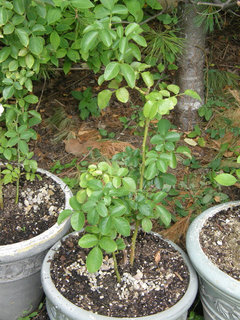

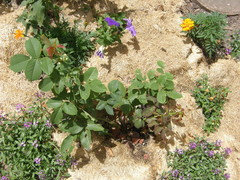

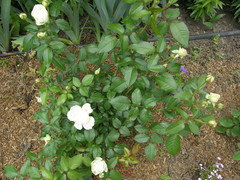

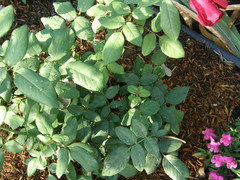
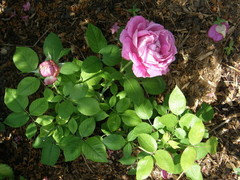

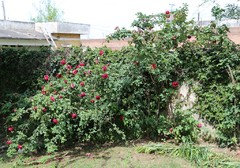
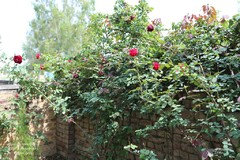

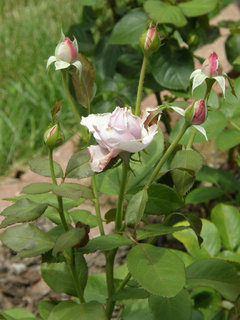
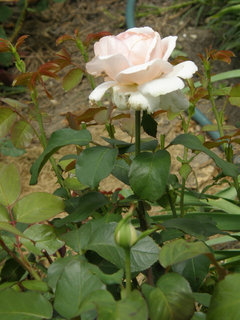
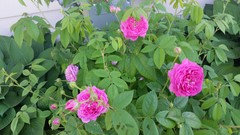
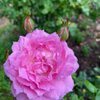
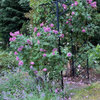

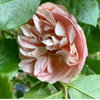
strawchicago z5Original Author